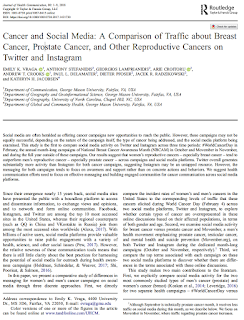Crowdsourcing dust storms utilizing social media data
In the past we have explored how social media can be used to delineate earthquakes, study human-wildlife interactions, understand urban morphology, urban smells or locating wildfires among many other things. Keeping with …
Continue reading »




